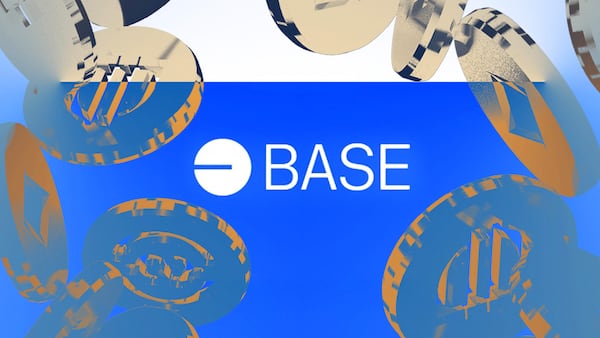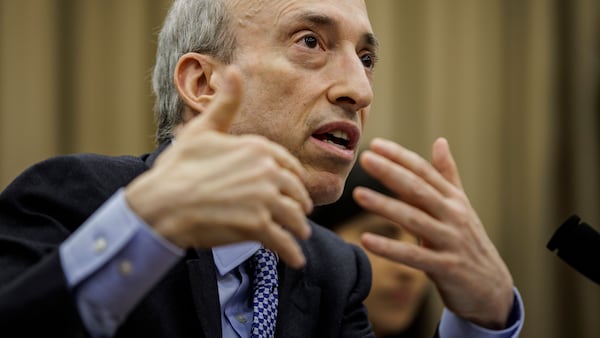- Notorious MEV bot jaredfromsubway is targeting ENA traders.
- The bot had its best day of trading in over six months on April 3.
- "If ENA trading continues to boom, you can expect Jared to keep profiting,” says an Eden Network researcher.
A trading bot targeting Ethereum users is taking advantage of a frenzy for Ethena’s new ENA token.
Onchain data compiled by Dune user @kevinzzz shows that the bot, commonly known by the name jaredfromsubway, made almost $300,000 on April 3. It’s the best day of trading the bot has achieved since September.
The bot conducts sandwich attacks — one of the most common ways bots target traders.
Bots conduct sandwich attacks by scanning the Ethereum network for users buying a token and then jump the queue and place a large order ahead of them, bumping up the token’s price.
After the victim’s trade is processed, increasing the price further, the bot sells the tokens for a new higher price.
“Sandwich bots feast with new high-value tokens like this where traders are shoving in large trades against highly volatile price discovery,” Will Sheehan, founder of DeFi data platform Parsec Finance, told DL News.
ENA is the governance token for Ethena, a DeFi protocol that issues synthetic dollar tokens. These tokens are designed to track the value of the dollar and are backed by futures contracts.
Ethena launched ENA on April 2 through an airdrop. In the hours that followed, ENA almost doubled in value as traders piled in.
Sheehan said jaredfromsubway had traded $14.8 million of ENA volume since the token went live.
The event highlights the perils of trading newly launched and hyped tokens on Ethereum, which has become a playground for sophisticated bots that take advantage of less-knowledgeable traders.
The activity bots like jaredfromsubway participate in is sometimes called maximal extractable value — or MEV for short. The practice refers to rearranging transactions for profit.
Jaredfromsubway’s rise
The jaredfromsubway.eth bot rose to notoriety last year when it targeted traders of the PEPE memecoin.
Launched in April 2023, PEPE played off the popular Pepe the Frog meme and rose to a market value of almost $3 billion.
NFT data and research platform SeaLaunch previously told DL News that jaredfromsubway made over $1.7 million in profit during a seven-day period when PEPE trading was at its zenith.
Data from DeFi analytics platform Dexscreener shows the jaredfromsubway bot has made a total profit of $3.6 million since it started operating.
“It looks like Jared is using the same sandwiching strategy for ENA as he does for PEPE,” OreoMev, a pseudonymous researcher at Eden Network, told DL News.
Eden Network builds infrastructure to help users stay a step ahead of sandwich bots and other forms of MEV.
OreoMev said it’s difficult to determine how much jaredfromsubway has made targeting ENA traders alone. This is because bots usually target multiple tokens at once, bundling all the transactions together, then paying a single bribe to a block builder.
“I’d estimate that on ENA, he’s only made about 5-10% of what he made on PEPE,” OreoMev said.
“But if ENA trading continues to boom, you can expect Jared to keep profiting.”
Stopping the bots
Ethereum traders can take measures to avoid getting targeted by trading bots.
Most bots target trades with high slippage — the difference between the expected price of a trade and the price when the order actually goes through.
For highly volatile tokens with low levels of liquidity, using a conservative slipping tolerance can make transactions fail, because the price of the asset a user is attempting to trade moves too fast.
Traders sometimes increase the slippage tolerance on a trade to stop it failing. But this also puts them at risk of having their trade targeted by bots.
Tim Craig is DL News’ Edinburgh-based DeFi Correspondent. Reach out to him with tips at tim@dlnews.com.









